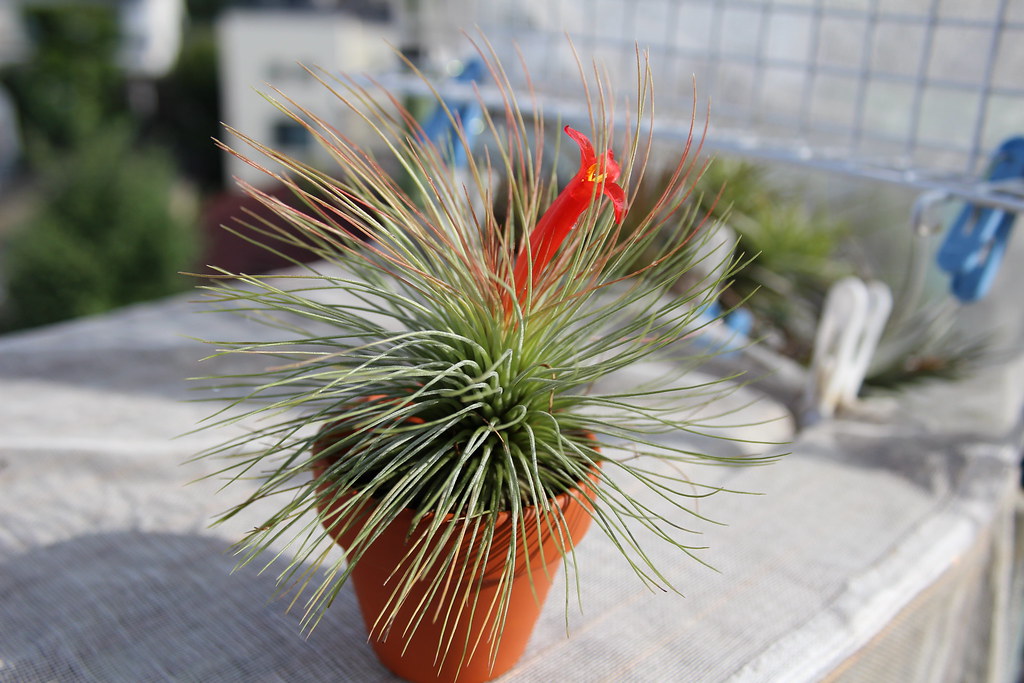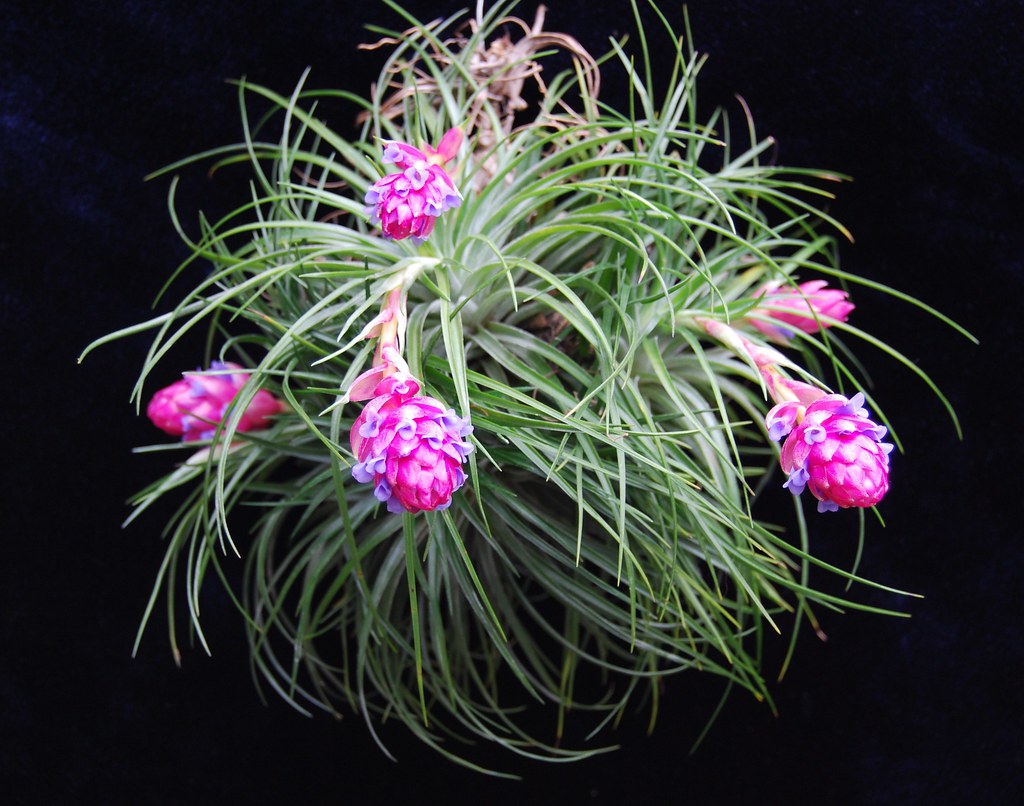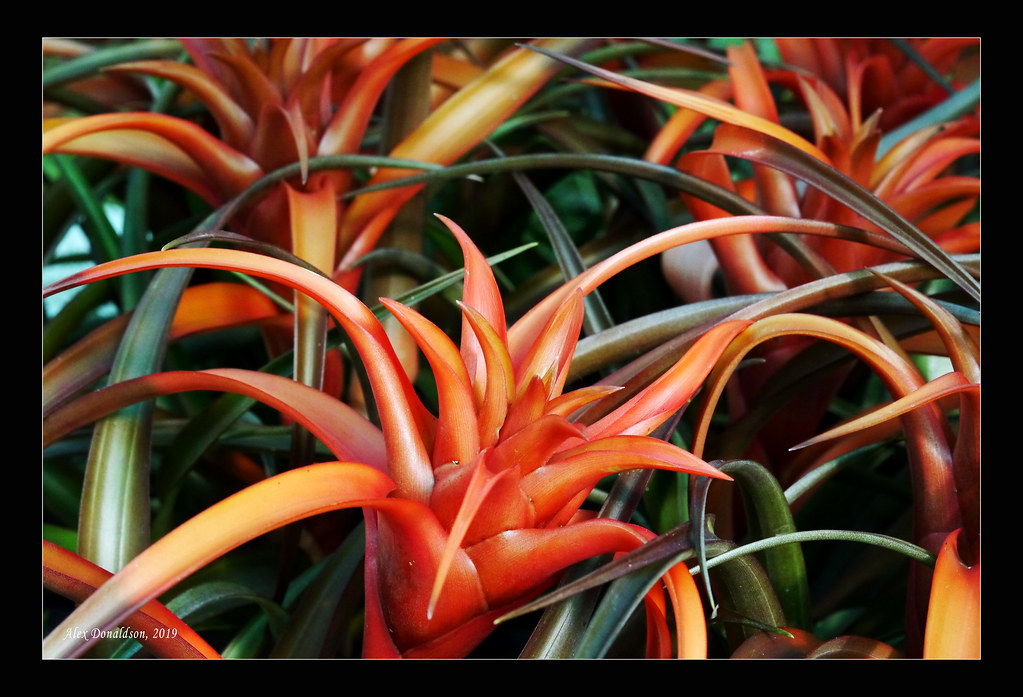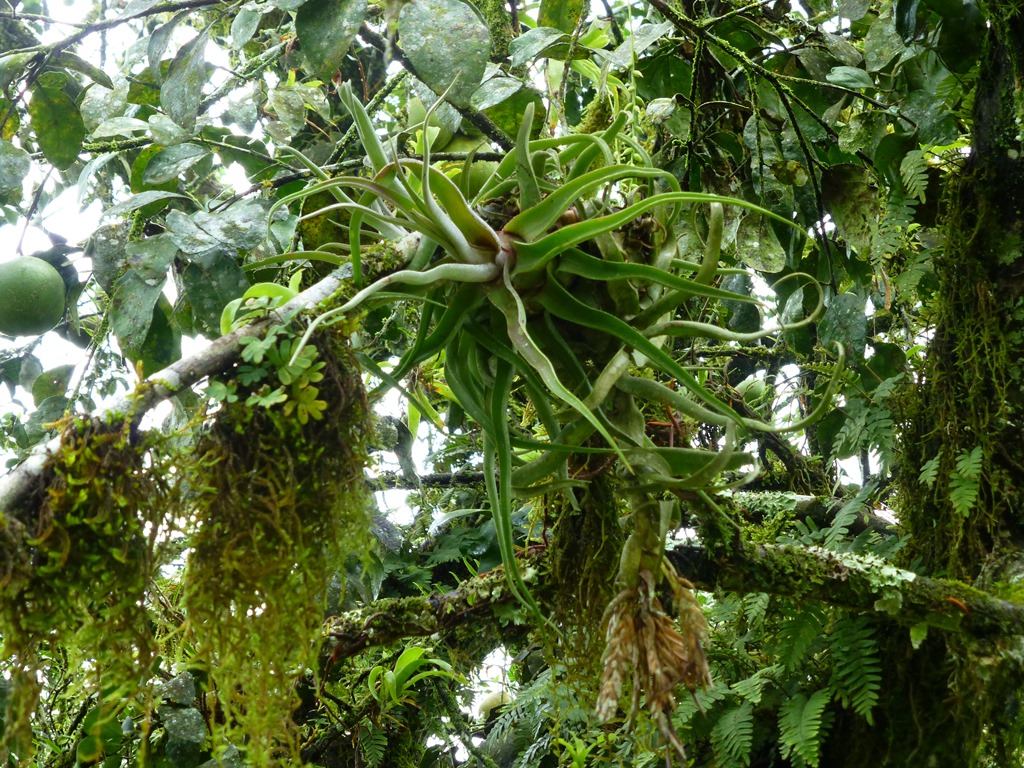To choose the right air plant varieties, look for plants that are not yellowing or have brown leaves, and are not dry along the edges. The leaves should be firm yet pliable, and they should have a bushy even appearance with leaves spaced fairly even and well filled out.
It’s important to select healthy air plants that are in optimal condition for growth. Choose varieties such as tillandsia xerographica, tillandsia andreana, tillandsia stricta, tillandsia capitata, and tillandsia streptophylla for a beautiful and vibrant air plant collection.

Credit: bloomboxclub.com
Factors To Consider When Choosing Air Plant Varieties
When choosing air plant varieties, consider the overall health and appearance of the plants. Look for plants with green, firm leaves and avoid those that are yellowing or dry. Additionally, choose varieties that have a bushy and well-filled out appearance for the best results.
When it comes to choosing air plant varieties, there are several factors to consider. Here are the key points to keep in mind:
Location And Environment Compatibility:
- Consider the specific location where you plan to keep your air plants. Different varieties have different temperature and humidity preferences, so ensure that the plant you choose is compatible with the environment in which it will be placed.
- Take into account factors such as indoor versus outdoor placement, the amount of sunlight the area receives, and the overall climate conditions. This will help you select air plants that can thrive in your specific setting.
Size And Shape Of Air Plants:
- Air plants come in various sizes and shapes, so it’s important to consider the available space and the overall aesthetic you’re aiming for.
- Smaller air plants are ideal for terrariums or small containers, while larger varieties can make a statement as standalone plants.
- Consider the shape of the air plant as well, as it can vary from more compact, ball-shaped plants to those with more elongated or cascading leaves. Choose a shape that complements your space and personal preferences.
Leaf Color And Texture:
- The color and texture of the leaves can greatly enhance the visual appeal of your air plant collection.
- Take note of the different shades and patterns available, such as vibrant green, silver, or even purple hues. Choose colors that harmonize with your existing decor or create a striking contrast.
- Pay attention to the texture of the leaves too. Some air plants have smooth and glossy leaves, while others may have a fuzzier or more textured surface. Select a texture that appeals to you and adds dimension to your display.
Remember, when choosing air plant varieties, it’s essential to consider factors such as location and environment compatibility, size and shape, as well as leaf color and texture. These considerations will help you create a visually appealing and thriving air plant collection customized to your unique space.
Popular Air Plant Varieties For Different Preferences
Discover a variety of popular air plant varieties to suit different preferences, including tillandsia xerographica, tillandsia andreana, tillandsia stricta, tillandsia capitata, and tillandsia streptophylla. These unique plants add a touch of green to any space while requiring minimal care.
If you want to add some unique and low-maintenance plants to your indoor garden, air plants are a fantastic choice. These fascinating plants don’t require soil to grow and can be displayed in various creative ways. With their stunning and diverse varieties, choosing the right air plant for your preferences can be challenging.
To help you make an informed decision, here are some popular air plant varieties to consider:
Tillandsia Xerographica: The Queen Of Air Plants
- Large and impressive plant with beautiful curly leaves
- Slow-growing and can reach up to 3 feet in diameter
- Requires bright, indirect light and moderate humidity
Tillandsia Andreana: The Unique Fluffy Air Plant
- Features soft, fluffy foliage that adds a touch of elegance to any space
- Prefers bright, indirect light and slightly higher humidity levels
- Produces vibrant flowers in shades of purple and pink
Tillandsia Stricta: The Popular Hardy Air Plant
- Perfect for beginners due to its resilience and ability to adapt to various conditions
- Features stiff leaves with a grayish-green coloration
- Thrives in bright, indirect light and can tolerate lower humidity levels
Tillandsia Capitata: The Striking Bulbous Air Plant
- The standout feature is its large, round base, resembling a bulb.
- Produces vibrant purple flowers when in bloom
- Thrives in bright, indirect light and prefers moderate humidity levels
Tillandsia Streptophylla: The Curly And Graceful Air Plant
- Known for its unique and intricate curly leaves that resemble a sea creature
- Requires bright, indirect light and prefers higher humidity levels
- Can be displayed in various positions, allowing you to get creative with its arrangement
Each of these air plant varieties offers its distinct beauty and characteristics. Consider your preferences regarding size, appearance, and care requirements when selecting the right air plant for your indoor garden. With their ability to thrive without soil and stunning aesthetics, air plants will surely bring a touch of natural beauty to your space.
Tips On Selecting Healthy Air Plants
When selecting healthy air plants, check for yellowing or dry leaves. Look for bushy plants with evenly spaced and well-filled, firm yet pliable leaves.
When choosing air plants for your home, selecting healthy specimens that will thrive in their environment is important. Here are some tips to help you choose the suitable air plant varieties:
Checking For Yellowing Or Brown Leaves:
- Avoid plants with yellowing or brown leaves, which may indicate poor health or improper care.
- Look for vibrant green leaves, indicating a healthy and thriving air plant.
- Steer clear of any dry plants along the edges, as this could signify dehydration or neglect.
Checking For Firm And Pliable Leaves:
- Gently squeeze the leaves of the plant to check for firmness and pliability.
- Healthy air plants should have leaves that are firm yet pliable.
- Avoid plants whose leaves make a crunchy sound when squeezed, as this may indicate that they are dehydrated or damaged.
Ensuring Bushy And Well-Filled Out Appearance Of Leaves:
- Examine the overall appearance of the air plant’s leaves.
- The leaves should have a bushy and well-filled appearance, with leaves spaced relatively evenly.
- Avoid plants with sparse or sparse-looking leaves, which may indicate poor health or inadequate care.
By following these tips, you can ensure that you select healthy air plants that will thrive in your home and bring beauty to your indoor space. Remember to provide the proper care and attention to your air plants to help them thrive and grow.
What Are the Best Air Plant Varieties for Beginners to Take Care of?
Some of the best air plant varieties for beginners to take care of include Tillandsia Ionantha, Tillandsia Bulbosa, and Tillandsia Xerographica. To ensure their health and longevity, it’s important to follow essential air plant care tips such as providing adequate sunlight, regular watering, and proper air circulation.
Frequently Asked Questions
How Do I Choose An Air Plant?
To choose an air plant, avoid ones with yellowing or brown leaves or ones that appear dry along the edges. Check if the leaves are firm yet pliable and if they make a crunchy sound when lightly squeezed. Look for plants with a bushy and even appearance, with the leaves spaced fairly and well filled out.
This ensures that the plant is healthy and will thrive in your care.
What Are The Different Types Of Air Plants?
The different types of air plants include pink quill, Spanish moss, sky plant, tillandsia stricta, tillandsia streptophylla, and tillandsia aeranthos.
What Does A Healthy Air Plant Look Like?
A healthy air plant has firm, pliable leaves and no yellowing or brown leaves. It should also appear bushy and evenly filled, with leaves spaced relatively evenly. Avoid dry air plants along the edges or make a crunchy sound when squeezed.
A healthy air plant should have a vibrant green color and look lively overall. It is important to choose a healthy air plant to ensure its longevity and thriving in your space. Remember to provide the proper care and environment for your air plant to keep it healthy and happy.
What Is The Easiest Air Plant To Take Care Of?
The easiest air plant to take care of is the tillandsia stricta.
Conclusion
Choosing the right air plant varieties is crucial for their health and well-being. When selecting air plants, it’s important to consider their appearance and physical attributes. Look for plants with firm yet pliable leaves that are evenly spaced and well-filled out.
Avoid plants that are yellowing, have brown leaves, or appear dry along the edges. Ensuring your air plants are in good condition from the start will increase their chances of thriving in your space. By selecting healthy air plants, you are setting them up for success and allowing them to beautify your home or office.
Remember, each air plant variety has its own unique characteristics, so it’s important to do your research and choose the varieties that will best suit your needs and environment. Happy air plant gardening!
{ “@context”: “https://schema.org”, “@type”: “FAQPage”, “mainEntity”: [ { “@type”: “Question”, “name”: “How do I choose an air plant?”, “acceptedAnswer”: { “@type”: “Answer”, “text”: “To choose an air plant, avoid ones with yellowing or brown leaves, or ones that appear dry along the edges. Check if the leaves are firm yet pliable, and if they make a crunchy sound when lightly squeezed. Look for plants with a bushy and even appearance, with the leaves spaced fairly and well filled out. This ensures that the plant is healthy and will thrive in your care.” } } , { “@type”: “Question”, “name”: “What are the different types of air plants?”, “acceptedAnswer”: { “@type”: “Answer”, “text”: “The different types of air plants include Pink Quill, Spanish Moss, Sky Plant, Tillandsia Stricta, Tillandsia Streptophylla, and Tillandsia Aeranthos.” } } , { “@type”: “Question”, “name”: “What does a healthy air plant look like?”, “acceptedAnswer”: { “@type”: “Answer”, “text”: “A healthy air plant has firm, pliable leaves and doesn’t have any yellowing or brown leaves. It should also appear bushy and evenly filled out, with leaves spaced fairly evenly. Avoid air plants that are dry along the edges or make a crunchy sound when squeezed. A healthy air plant should have a vibrant green color and look lively overall. It is important to choose a healthy air plant to ensure its longevity and thriving in your space. Remember to provide the proper care and environment for your air plant to keep it healthy and happy.” } } , { “@type”: “Question”, “name”: “What is the easiest air plant to take care of?”, “acceptedAnswer”: { “@type”: “Answer”, “text”: “The easiest air plant to take care of is the Tillandsia stricta.” } } ] }








